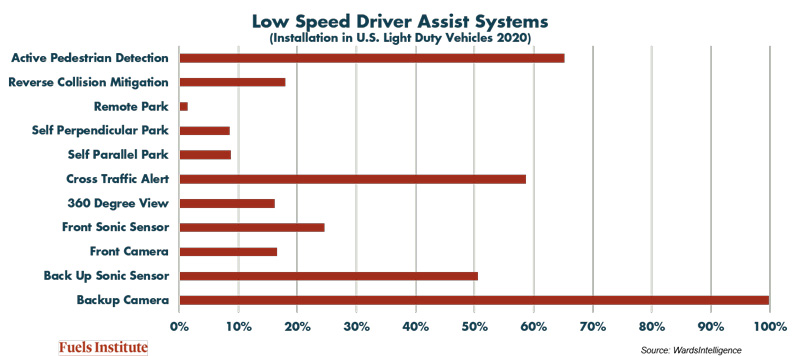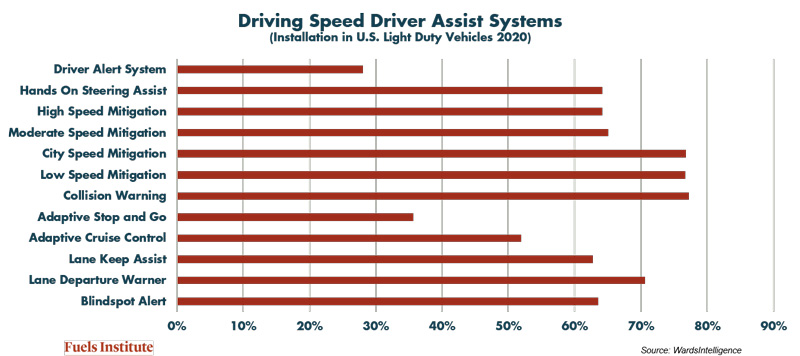October 5, 2020
In 1961, President Kennedy announced that the U.S. would land a man on the Moon before the end of the decade. The Apollo program was successful, and on July 20, 1969 Neil Armstrong became the first human to ever set foot on the surface of the Moon. The magnitude of this accomplishment is frequently cited as an example of what can be achieved if a nation rallies its resources towards a common, lofty objective and inspires many to reach for the stars. But the benefits of such an endeavor are more far reaching than many realize and the commercial products that derived from the Apollo program have benefited everyday lives for decades.
Ten years after Armstrong took those famous steps, a trio from the U.K. released their second album, “Regatta de Blanc,” and found additional success with another hit song, Walking on the Moon. And the lyrics (although characteristically repetitive) belted out by Sting and the boys of The Police are also relevant to the aspirational reach of autonomous mobility:
Giant steps are what you take
Walking on the moon
I hope my legs don’t break
Walking on the moon
We could walk forever
Walking on the moon
We could live together
Walking on, walking on the moon
Similar to the commercially-relevant derivatives of the Apollo program, the investments to develop technology that will enable autonomous vehicles are delivering benefits and enhancing the safety of transportation today through advanced driver assist systems. At a time when drivers are more distracted than ever (nearly 40,000 people were killed in vehicle collisions in 2019), the availability of these systems could not be more timely – and they are becoming much more common. If these systems can reduce accident-caused congestion and mitigate stop-and-start traffic conditions, they not only will yield safety improvements, but they also could significantly contribute to fuel efficiency and energy savings.
I read an article in WardsIntelligence reporting that lane departure warning systems were available in nearly 71% of all 2020 model vehicles, a sharp increase from the 48% in 2019. That got me thinking – how ubiquitous are advanced driver assist systems today? So, I downloaded a WardsIntelligence data set and took a look.
Low Speed Driver Assist Features
First of all, low speed assist systems are most often represented by rear collision avoidance technologies, like backup cameras. In fact, 99.8% of 2020 vehicles are equipped with a backup camera and nearly 51% are equipped with a rear object sonic sensor, which alerts the driver if an object is directly behind the vehicle. This is helpful when one’s child consistently leaves her bicycle laying in the driveway.
In addition to these backup features, nearly 59% of vehicles are equipped with cross traffic alert systems, which alert the driver if a vehicle is approaching from either side. This is especially helpful in parking lot situations when your vehicle is sandwiched between two exceptionally large people movers.
And another popular feature is active pedestrian detection. These systems, which automatically apply the vehicle’s breaks in the event a collision with a pedestrian is imminent, are found in 65% of vehicles. Now, if we could only install automatic brakes on the pedestrians when they are about to step in front of a car while looking at their phones, we would really be making progress!
A feature that has not penetrated the market heavily, although it was introduced with great fanfare many years ago, is self-parking. Fewer than 10% of vehicles are equipped with systems that will automatically parallel or perpendicular park a vehicle, and only 1.4% are able to remote park. Personally, witnessing how many people struggle with parking between the lines in a parking spot, I would love to see these features installed in more vehicles.
Some may say
I’m wishing my days away
No way
And if it’s the price I pay
Some say
Tomorrow’s another day
You stay
I may as well play
Keep it up, keep it up

High Speed Driver Assist Features
One of the primary attractions for autonomous driving is to reduce the number of traffic accidents, injuries and fatalities. The National Safety Council estimates that 38,800 people perished in traffic accidents in 2019. This was down 2% from 2018 and down 4% from 2017. But, 4.4 million were injured seriously enough to require medical attention. Hence, the focus on adding safety features and the interest in using technology to reduce collisions is clearly warranted.
The features that have been designed to assist with higher speed driving seem to have achieved the greatest market penetration. Those features that help keep a driver in their lane are critical to mitigating collisions and especially important now that drivers are often looking at their phones rather than the road.
In 2020, 63.5% of vehicles were equipped with blindspot alert systems. And for those avid readers or social media addicts, 70.6% of vehicles will warn them when they veer out of their lane and 62.7% will actually steer them back into their lane if they drift across the line without using their turn signal.
On long commutes, it can be very tedious to keep one’s foot consistently on the accelerator. Cruise control has been around for decades, but it can be annoying when the vehicles around you do not maintain a consistent pace and you have to constantly adjust your settings. Today, 52% of vehicles will adjust your speed based upon sensors monitoring the proximity of vehicles around you and nearly 36% will actually reduce your speed to a complete stop, and then reaccelerate when safe to do so. This could be very helpful during a morning commute when a driver is trying to catch up by reading the morning news while drinking a cup of coffee. Unfortunately, only 28% of vehicles are equipped with driver alert systems which monitor the driver’s attention and sound an alert if the driver seems to be drowsy or not paying attention.
All sarcasm aside, these features are designed to keep us safer…but I am concerned they are removing the impetus for drivers to pay careful attention. Fortunately, the manufacturers are including other features that help avoid collisions. In fact, 77% of vehicles are equipped with collision warning systems that provide an audible alert or vibrate the steering wheel when a collision is imminent, giving the driver a chance to take action to potentially avoid the crash. And more than two-thirds of vehicles are equipped with systems that will automatically apply the brakes in the event a collision is about to happen.
Meanwhile, progress towards self-driving vehicles is slowly emerging. Nearly 20% of vehicles can steer themselves but are contingent upon a human driver remaining alert and engaged in order to take control under certain conditions.

All of these features are designed to improve the safety of travel and are increasingly important as the in-vehicle distractions become more significant. Like the commercial technologies that derived from the Apollo program, many of these derive from the efforts to deploy autonomous vehicles. While I cannot envision a scenario in which all miles traveled are completed without human drivers, it is clear that the advancements coming from this technological focus are benefiting society and will continue to do so.
In addition to enhancing the safety of our roads, to the extent they result in fewer collisions and more efficient travel, they will also contribute to a reduction in energy consumption and emissions. The relationship between safety and efficiency is clear – as we reduce interruptions to the free flow of travel, we improve the efficiency of that travel. I am excited to see what new advanced driver assist technologies enter the market in the next few years. Let’s hope we keep setting aspirational objectives that deliver value throughout their development. As Casey Kasem always said, “Keep your feet on the ground and keep reaching for the stars.”
Giant steps are what you take
Walking on the moon
I hope my legs don’t break
Walking on the moon
We could walk forever
Walking on the moon
We could be together
Walking on, walking on the moon







